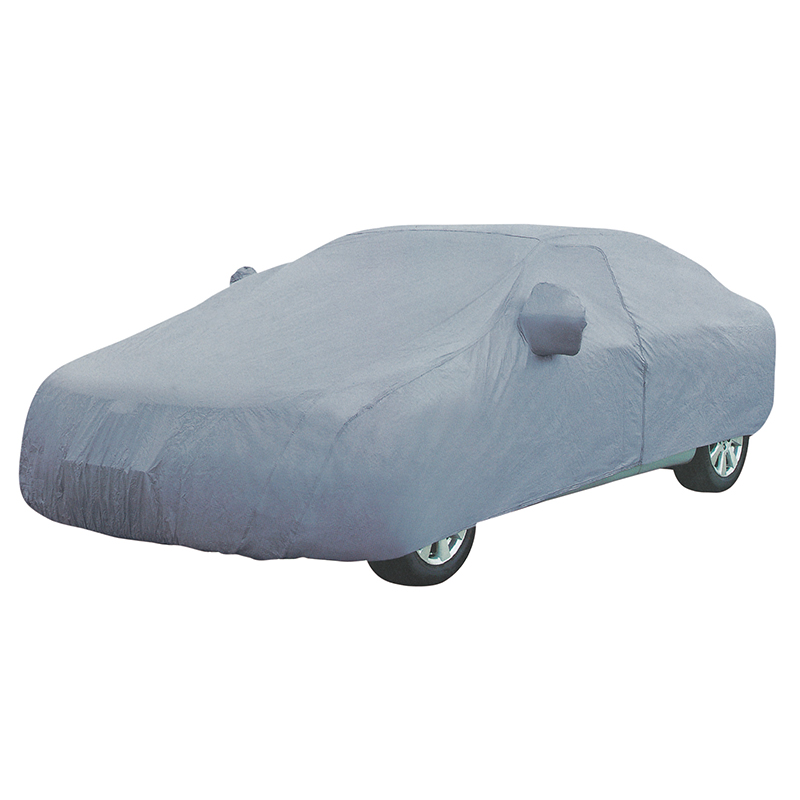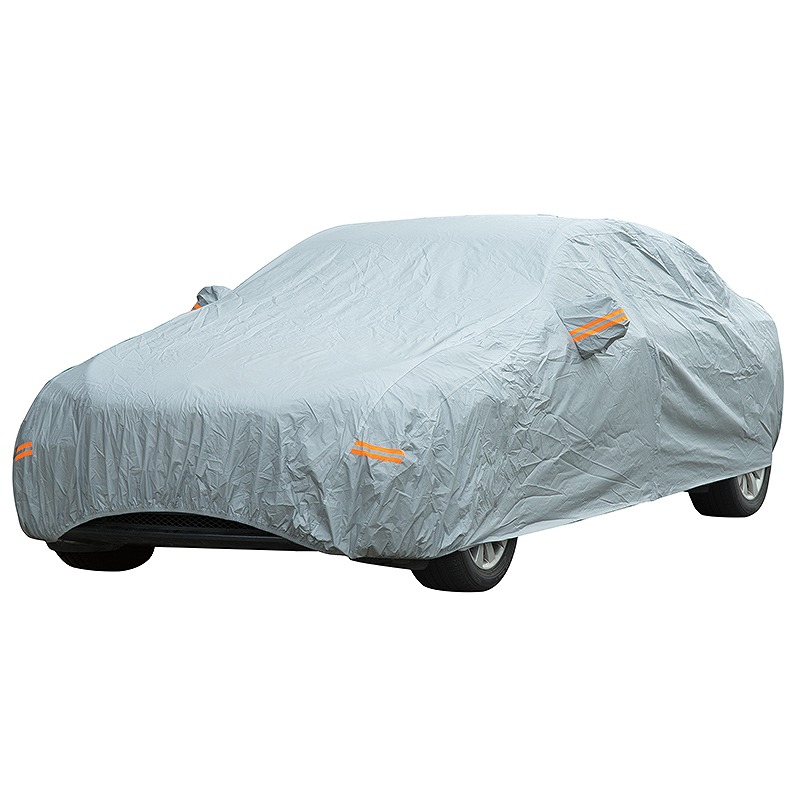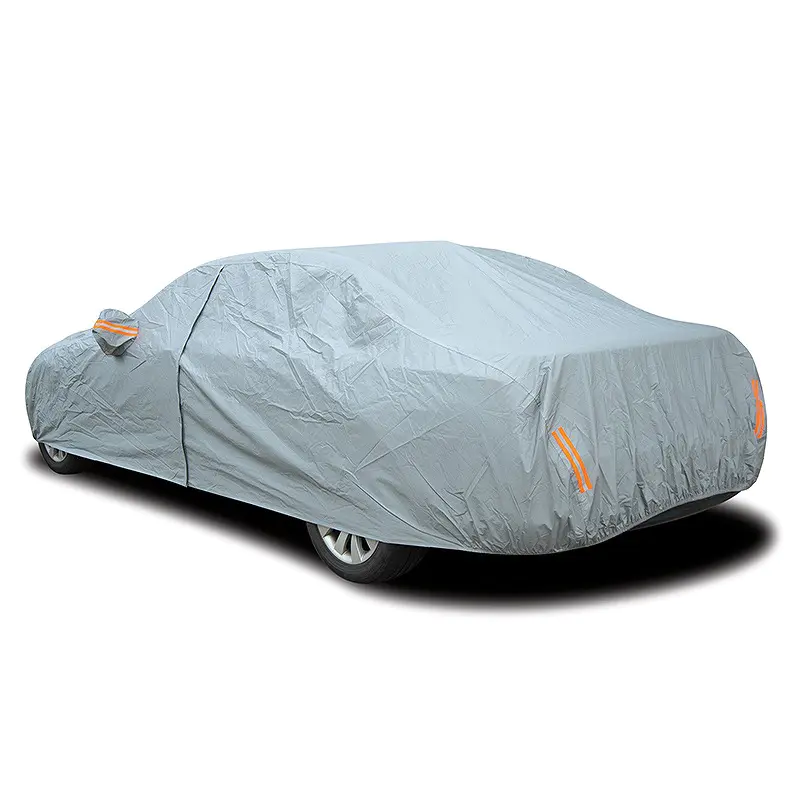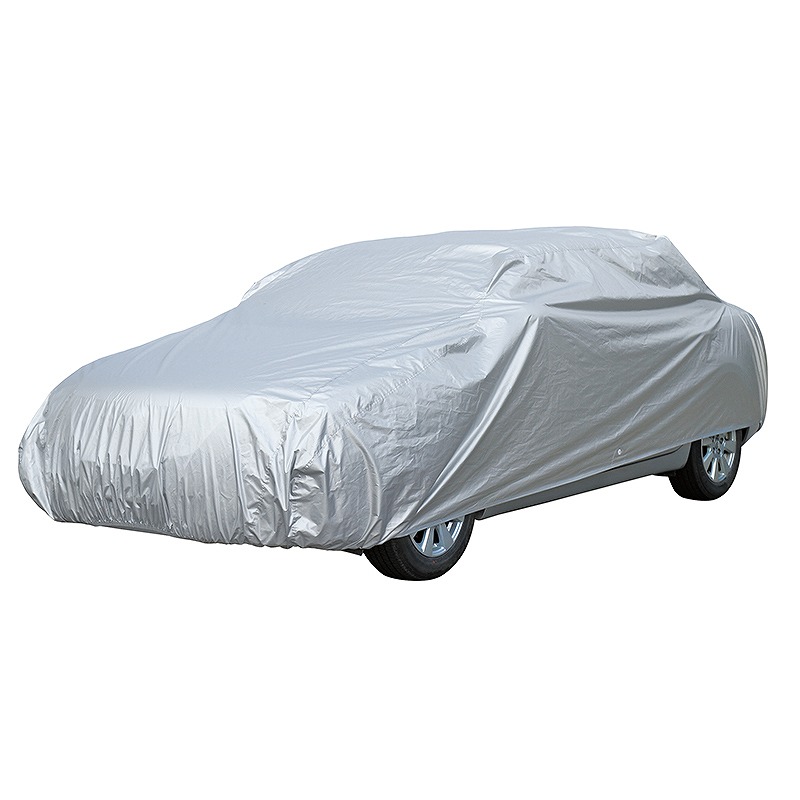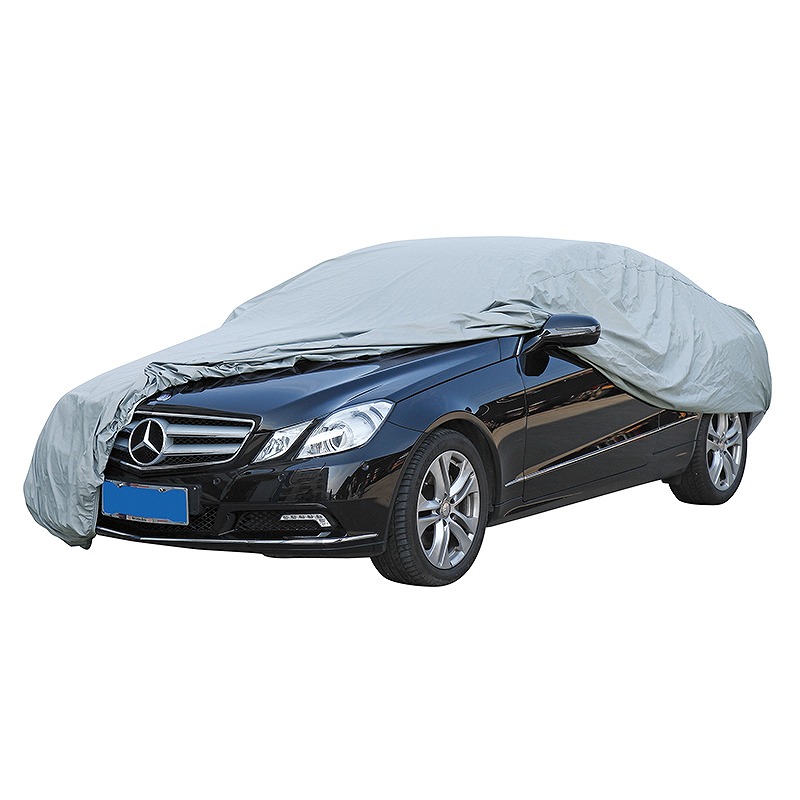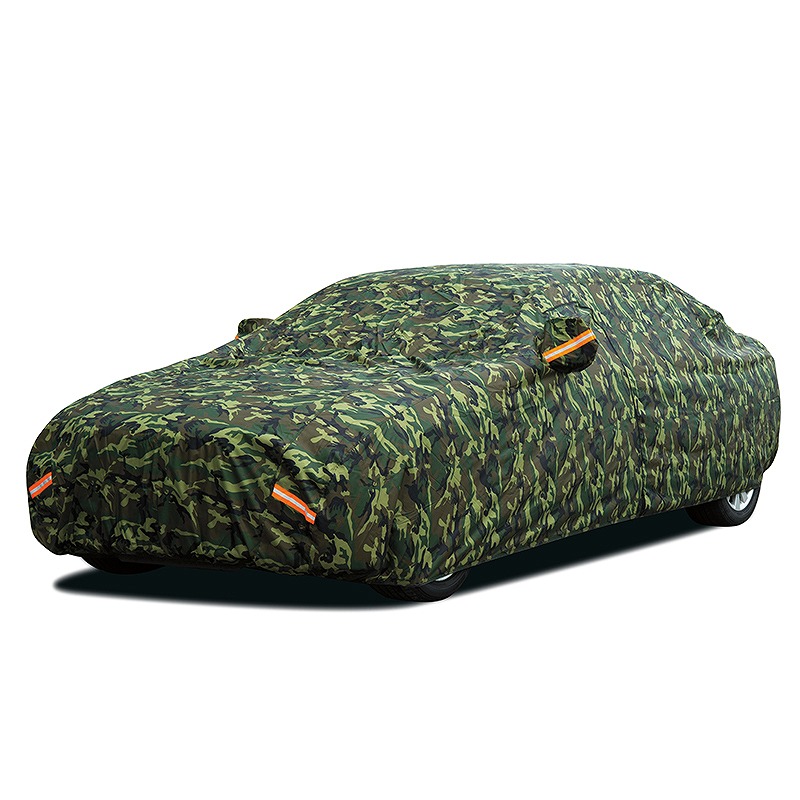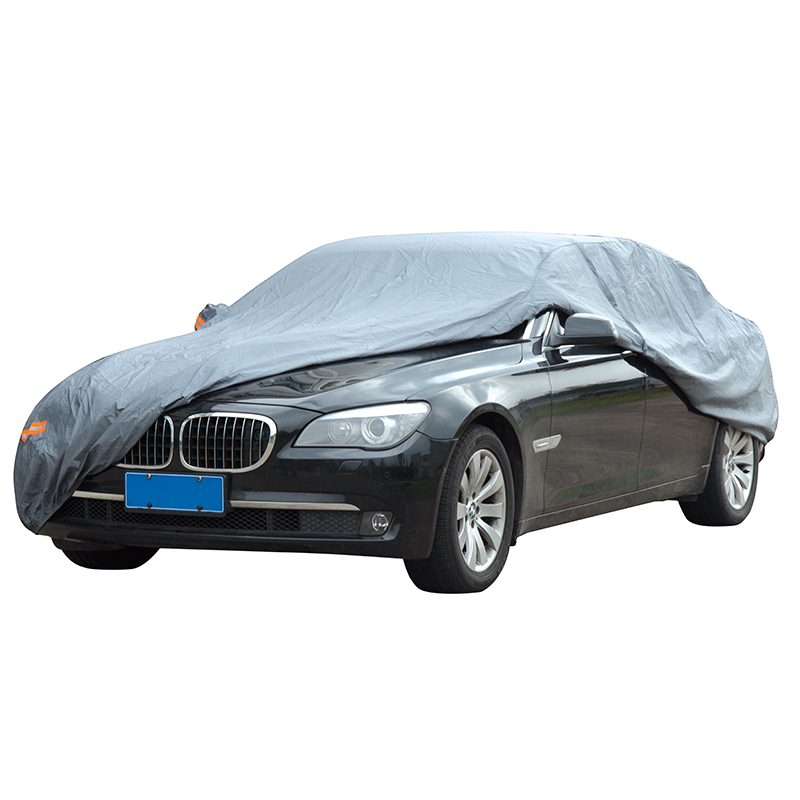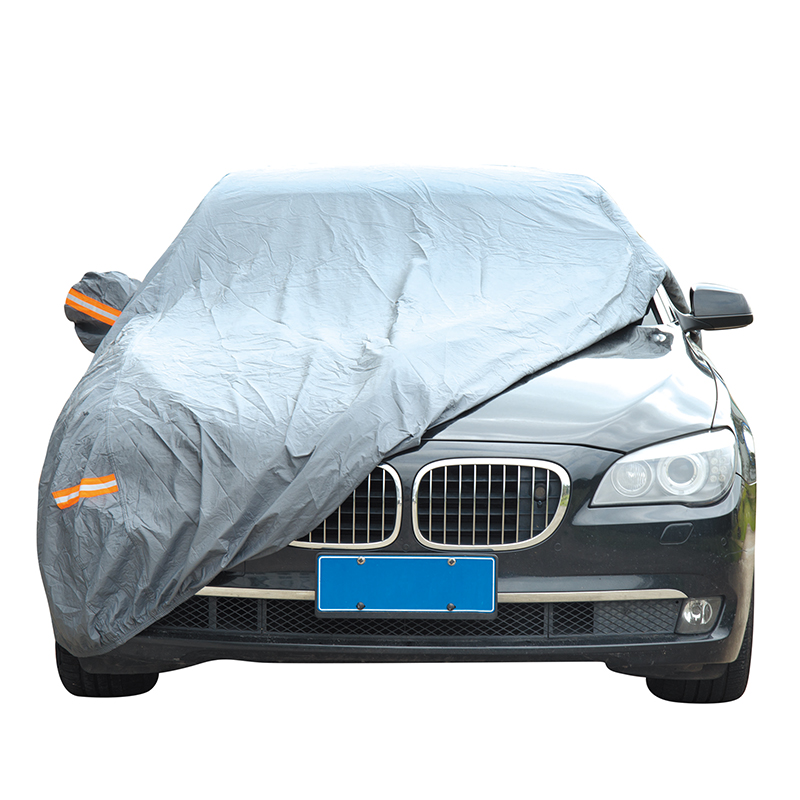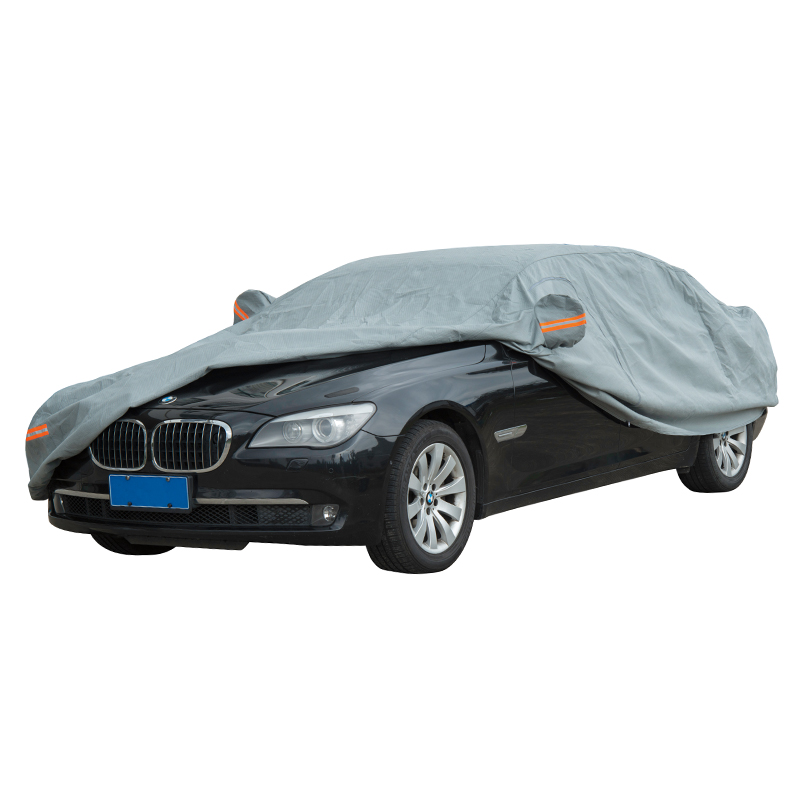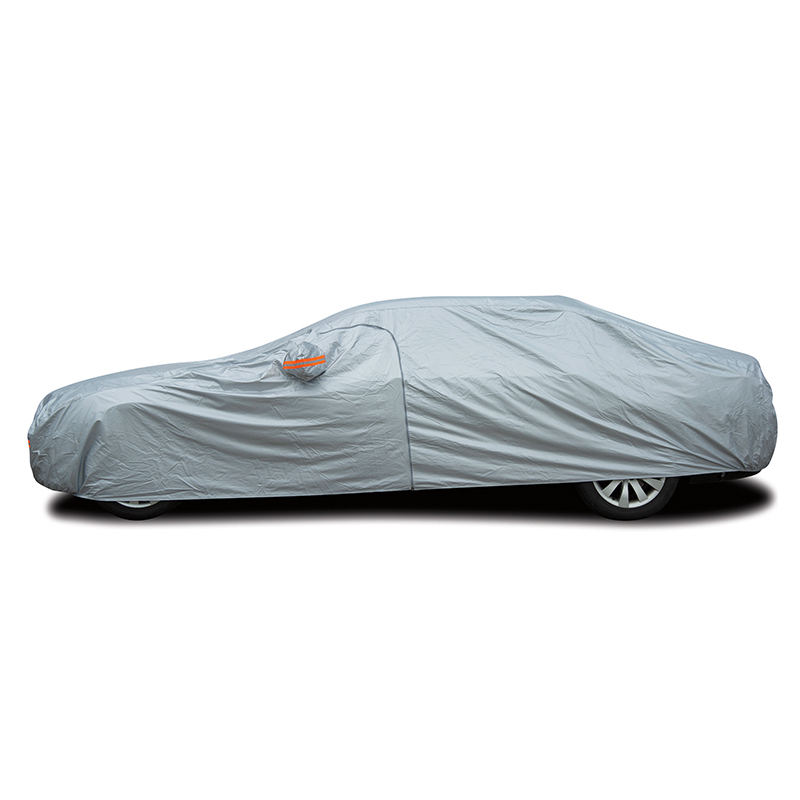Car Covers and Seat Belt Pads are two essential auto accessories that blend functionality with user-centric design, addressing distinct needs in vehicle care and comfort. While car covers shield the exterior from environmental elements, seat belt pads focus on enhancing the daily driving experience by softening contact with seat belts. Together, they form a complementary pair that caters to both the preservation of a vehicle’s condition and the well-being of its occupants, making them valuable additions to any car owner’s toolkit.
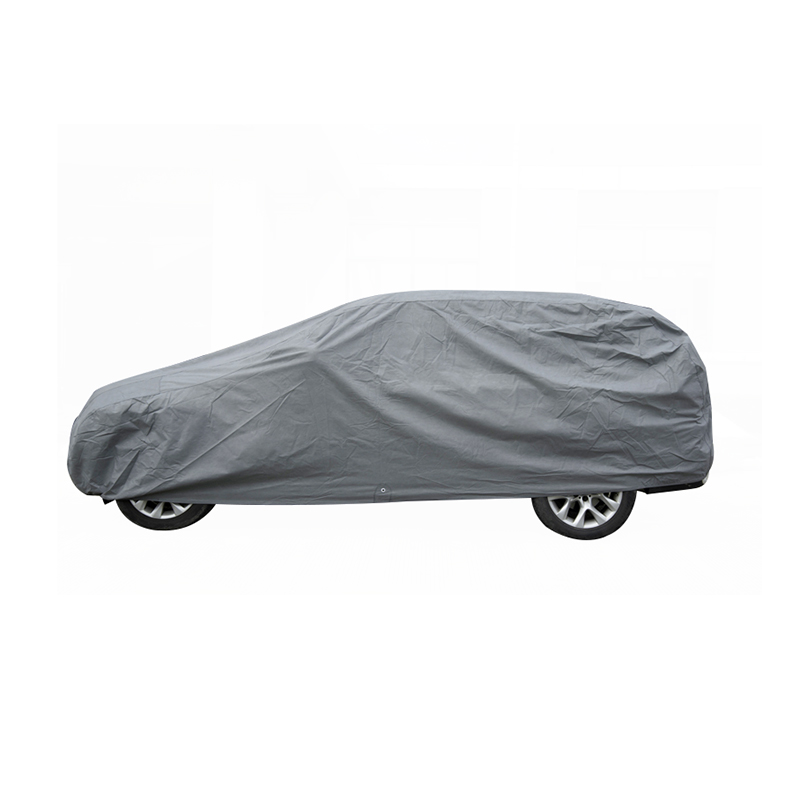
Design and Materials of Car Covers
Car Covers are engineered to adapt to diverse environments, with materials selected based on specific protective needs. For outdoor use, covers often feature multi-layered fabrics: a water-resistant outer layer to repel rain and snow, a middle layer of breathable material to prevent moisture buildup, and an inner layer of soft fabric to avoid scratches on the paintwork. This construction balances protection against the elements with ventilation, reducing the risk of mold or mildew when the car is covered for extended periods.
Indoor car covers, designed primarily to shield against dust, pet hair, and minor scuffs, use lighter materials such as polypropylene or felt. These fabrics are lightweight and easy to handle, making them suitable for regular use in garages or storage facilities. Many car covers also include elastic hems or drawstrings along the bottom edge, ensuring a snug fit around the vehicle’s contours to prevent wind from lifting the cover or shifting it out of place.
Additional features enhance practicality. Reinforced seams at stress points increase durability, while built-in grommets allow for securing the cover with a lock and cable, deterring theft. Some models come with mirror pockets, ensuring the cover fits tightly around side mirrors without stretching or tearing.
Functionality and Comfort of Seat Belt Pads
Seat Belt Pads are designed to address discomfort caused by direct contact between seat belts and the body, particularly during long drives. Made from soft, cushioning materials—such as memory foam, fleece, or neoprene—they add a layer of padding between the seat belt webbing and the user’s shoulder, neck, or chest. This reduces pressure points, especially for children or smaller adults who may find seat belts digging into their skin.
The pads are typically 20 to 30 centimeters in length, covering the section of the seat belt that rests against the shoulder and collarbone. They attach to the belt via Velcro straps, snap buttons, or elastic loops, allowing for easy installation and adjustment. This design ensures the pads stay in place during use without interfering with the seat belt’s retraction or locking mechanism.
Beyond comfort, some seat belt pads offer additional benefits. Neoprene models are water-resistant, making them suitable for use in vehicles frequently exposed to rain or sweat. Fleece-lined pads provide extra warmth in cold climates, while breathable mesh options prevent overheating in hot weather.
Practical Applications for Different Users
Car Covers serve a range of users, from daily commuters to classic car enthusiasts. For those who park outdoors, a heavy-duty outdoor cover protects against UV rays, bird droppings, tree sap, and debris. This is particularly useful for owners of new cars looking to maintain their vehicle’s appearance, or for those living in areas with frequent rain, snow, or high pollution.
Classic car owners often opt for indoor covers to preserve their vehicles during storage. These covers shield against dust that can scratch paint or accumulate in hard-to-clean areas. They also act as a barrier against accidental bumps from tools or other items in the garage.
Seat Belt Pads cater to diverse needs as well. Parents of young children find them useful for making seat belts more comfortable for kids, reducing complaints during car rides. Long-distance drivers, such as truckers or road trippers, benefit from the reduced fatigue that comes with softer contact against the shoulder during hours of driving.
Both accessories are also popular among rental car companies or fleet managers, as they help maintain vehicle condition and improve passenger comfort, contributing to better user experiences.
Care and Maintenance Tips
Maintaining Car Covers ensures their longevity and effectiveness. Outdoor covers should be cleaned periodically—many are machine-washable on a gentle cycle with mild detergent, then air-dried to avoid shrinkage. It’s important to remove debris before washing to prevent scratches during the cleaning process. Indoor covers can be vacuumed to remove dust or spot-cleaned with a damp cloth as needed. Storing covers properly, such as in a breathable storage bag, prevents mildew when not in use.
Seat Belt Pads require minimal upkeep. Several can be removed and machine-washed to eliminate stains or odors. For pads with Velcro attachments, ensuring the hooks are free of lint or hair maintains their grip on the seat belt. Air-drying is recommended to preserve the shape of foam or fleece materials, as high heat from dryers can cause shrinking or breakdown.
Car Covers and Seat Belt Pads may serve different purposes, but their shared focus on practicality and user needs makes them standout additions to any vehicle. Whether shielding against the elements or softening daily contact, they enhance the relationship between drivers and their cars in meaningful ways.

 English
English 中文简体
中文简体 русский
русский Español
Español Deutsch
Deutsch عربى
عربى